Challenges of understanding the characteristics of building materials might be highlighted in the confusion around terms like vapour barrier, vapour blocker, vapour retarder, and intelligent membranes. These product groups have been and are used as internal airtightness and moisture control layers.
Most of these describe attributes (performance characteristics) of commonly used materials in New Zealand construction, described here with their approximate moisture vapour transmission rates — MVTR — measured in MegaNewton seconds per gram (MNs/g):
- Aluminium foil; can be a vapour blocker (MVTR 5000+)
- Polyethylene sheet; can be a vapour barrier (MVTR 250)
- Cementitious sheet; one example of a vapour retarder (MVTR < 50)

Vapour barrier, vapour blocker, and vapour retarder have one thing in common. They all have a constant MVTR. In other words, they have the same diffusion resistance in the winter (dry) as in the summer (damp), which means they can rapidly become moisture traps if used in New Zealand as confirmed by BRANZ research.
An intelligent airtightness and vapour control layer however has a completely different performance characteristic. The 'intelligent' part of the member is the humidity-variable function.
The ability to change its MVTR relative to New Zealand’s maritime climate and high humidity, with changes occurring over very short time periods, is the distinction from a vapour barrier. Please be aware that some vapour barrier, vapour blocker or vapour retarders have been described as 'smart membranes' but they are not. They all have a constant MVTR.
When specifying an intelligent airtightness and vapour control membrane with humidity-variable function ensure it will meet the performance required for our New Zealand climate using a 60/10 and 70/7.5 rule.
Damp rooms: the 60/10 rule
A humidity-variable membrane needs to have a diffusion profile that is also suitable for preventing structural damage in wet/humid rooms that have increased relative humidity levels. The increase is due to occupancy-generated moisture. The same applies to the higher initial moisture content in new buildings.
During normal use of residential buildings the humidity-variable vapour control layer (VCL) diffusion resistance should never be less than 10 MNs/g to ensure that the building does not suffer structural damage. Here the 60/10 rule applies. The VCL needs to have a diffusion resistance of no less than 10 MNs/g at an ambient average humidity of 60%. In wet and humid rooms in residential buildings the relative humidity can be relatively high. The INTELLO humidity-variable airtightness and vapour control membrane, which has a diffusion resistance of 20 MNs/g at an average humidity of 60%, provides ideal protection, even for these rooms, by adhering to the 60/10 rule. The building envelope is adequately protected against moisture from the air and mould resulting from such moisture ingress.
- Diffusion resistance at 60% RH should be at least 10 MNs/g
- INTELLO = 20 MNs/g = High level of protection
Increased humidity during the building phase: the 70/7.5 rule
The requirements for a humidity-variable VCL during construction are similar, except that here it is necessary to protect the construction from the elevated moisture levels caused by construction. This moisture stress is only temporary, as the residual moisture needs to be removed from the building by means of ventilation (or using a dryer) after the time that it takes for the mineral-based building materials to dry out (e.g. the concrete floor slab). In these conditions, the humidity-variable VCL needs to adhere to the 70/7.5 rule. This means it needs to have a diffusion resistance of 7.5 MNs/g at an ambient average humidity of 70% to protect the construction from the moisture caused by construction. pro clima INTELLO fulfils the 70/7.5 rule, providing a high degree of protection during construction. At an average relative humidity of 70% INTELLO has a diffusion resistance of 10 MNs/g.
- Diffusion resistance at 70% RH should be at least: 7.5 MNs/g
- INTELLO = 10 MNs/g => High level of protection
If the construction sequence is well planned and executed, humidity-variable VCL provides good protection against mould, even during construction. In review, designing-in drying capacity and reduction of moisture stress is achievable with carefully chosen materials that predictably deal with expected and challenging conditions.
Adhering to the 60/10 and 70/7.5 rules ensure a high potential freedom from structural damage for thermal insulation in new buildings and during construction.

More information on Airtightness and Moisture Management can be read in the full New Zealand study.









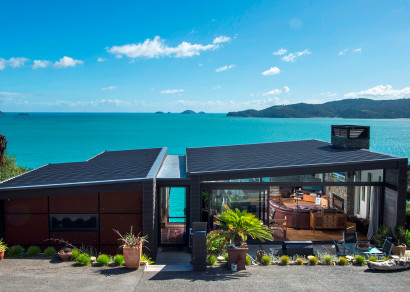



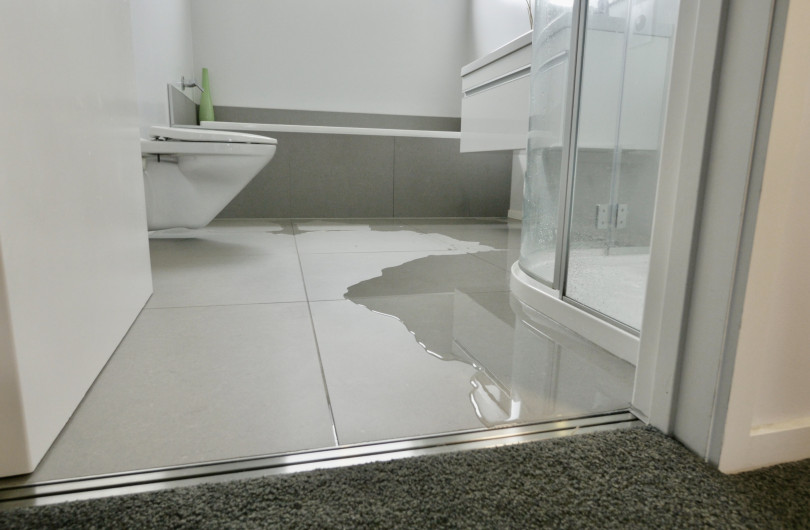
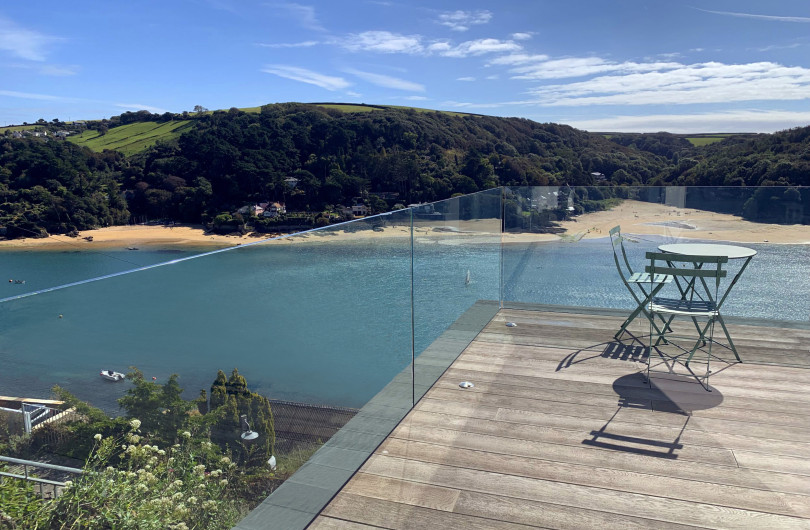
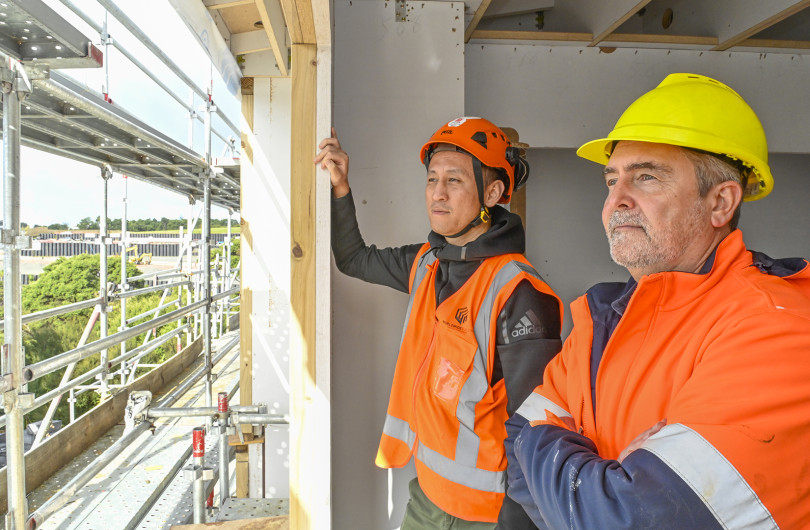
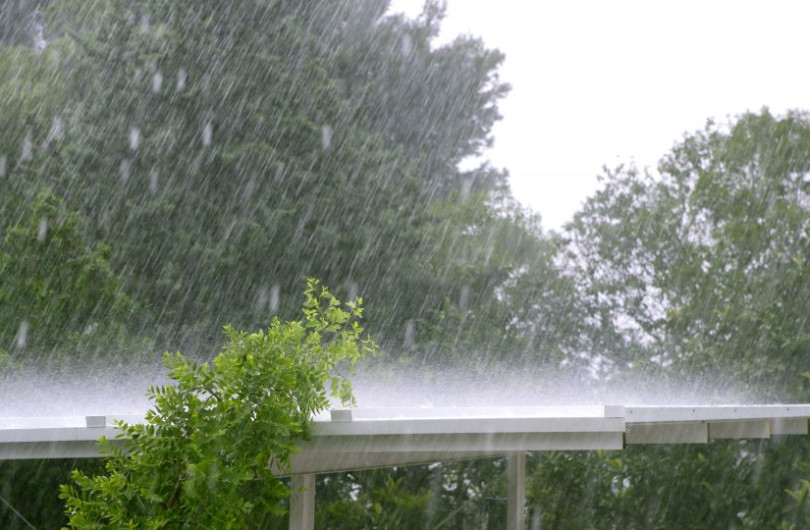

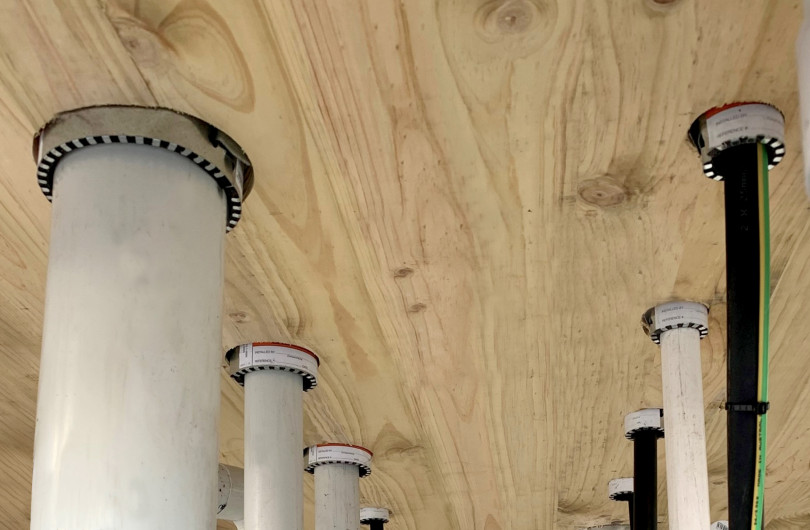

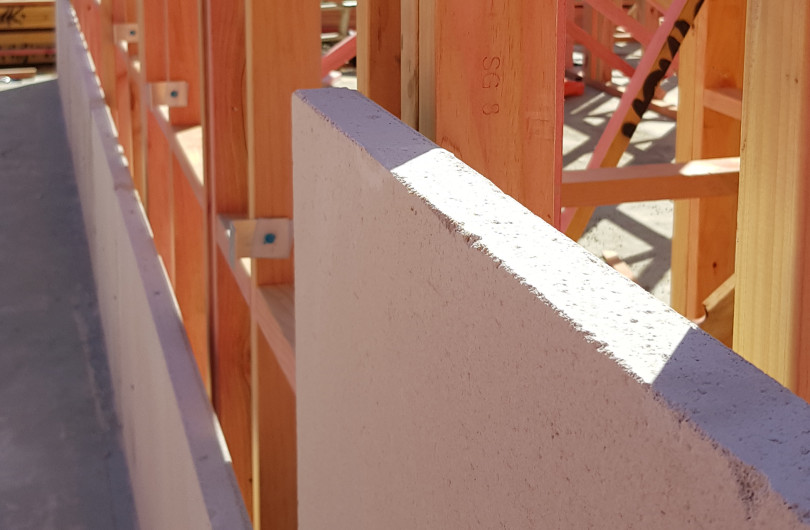








 Most Popular
Most Popular Popular Products
Popular Products


